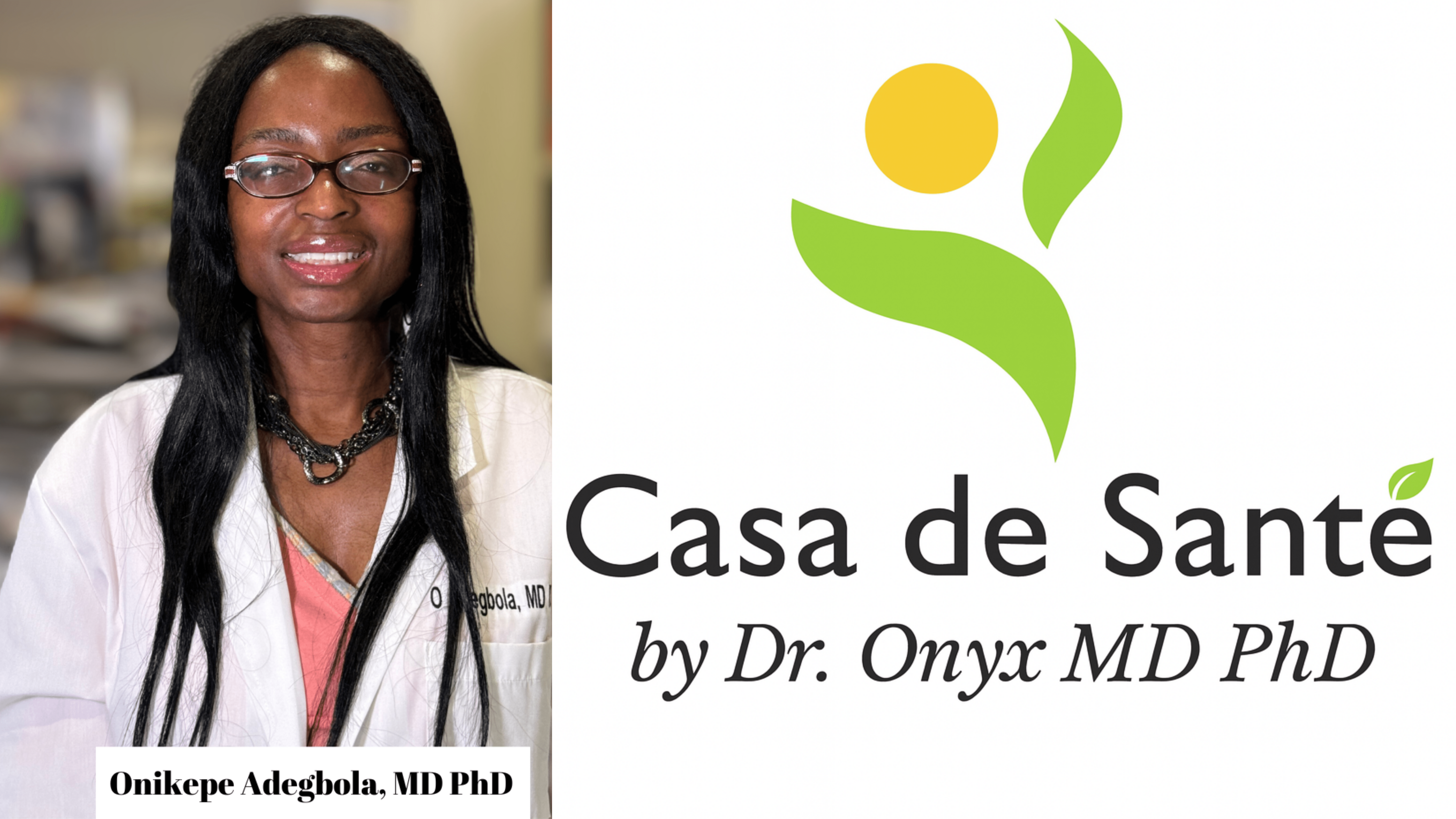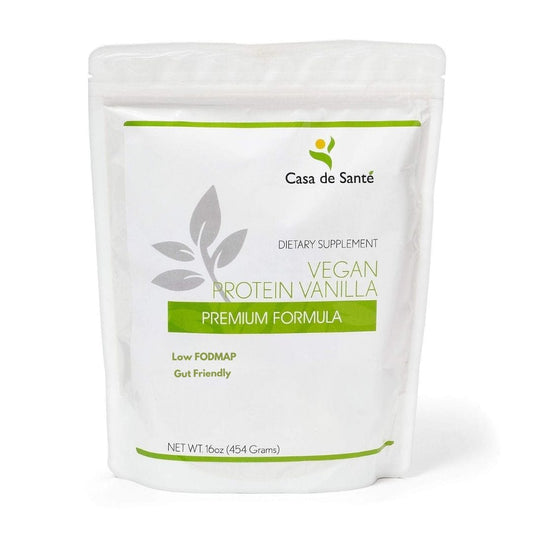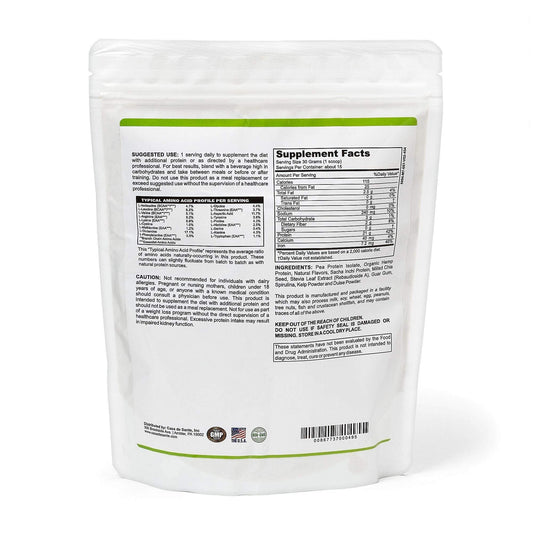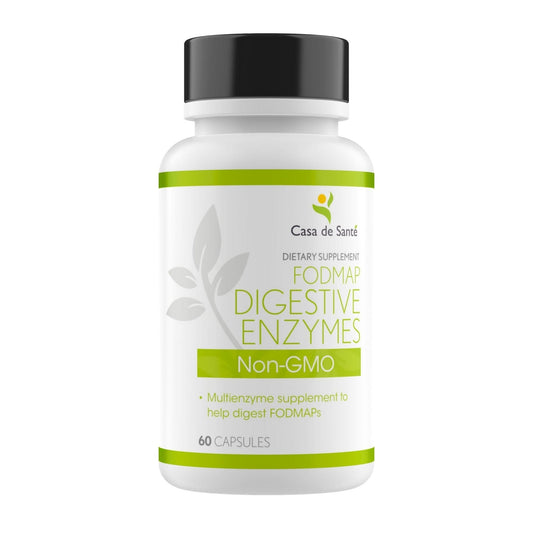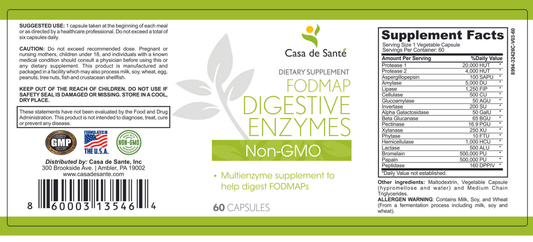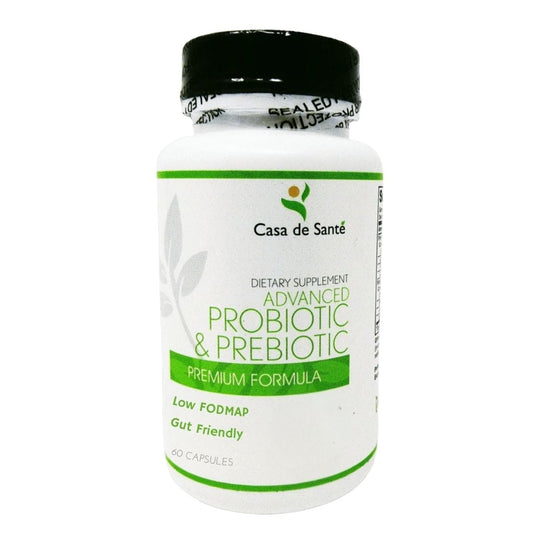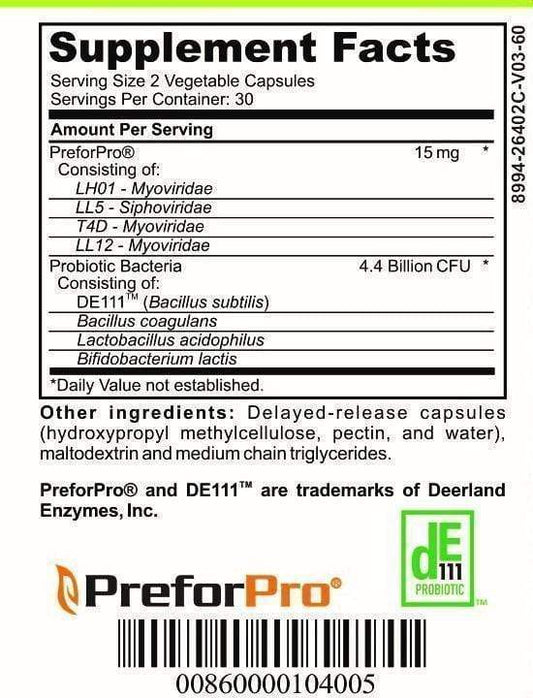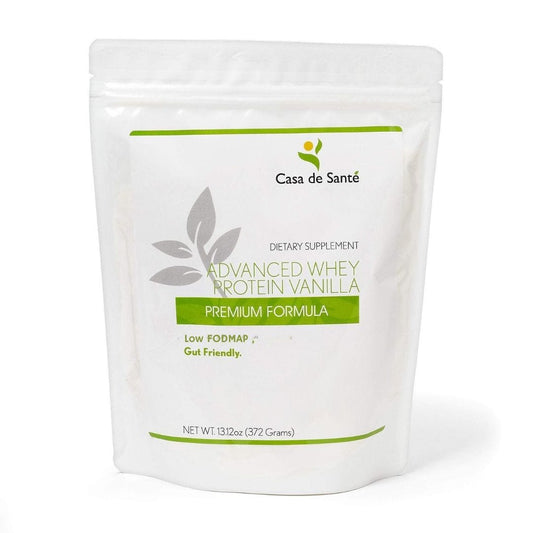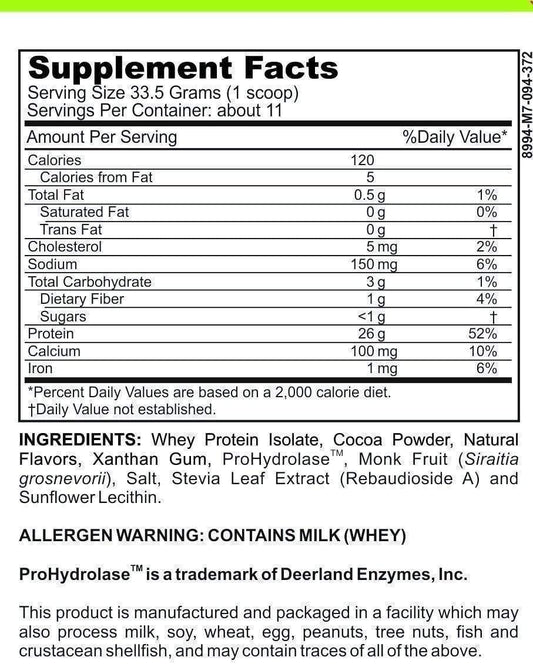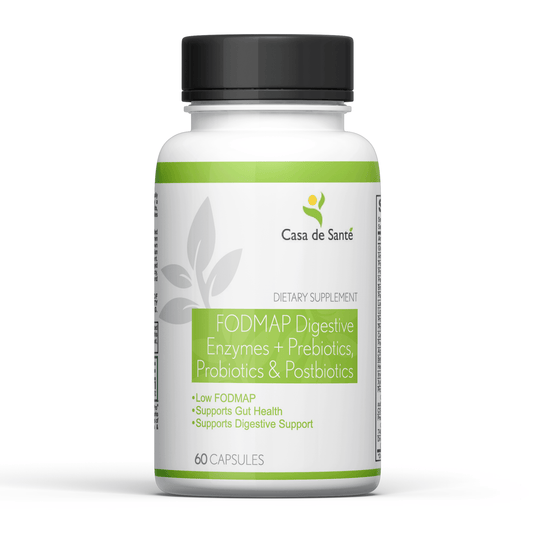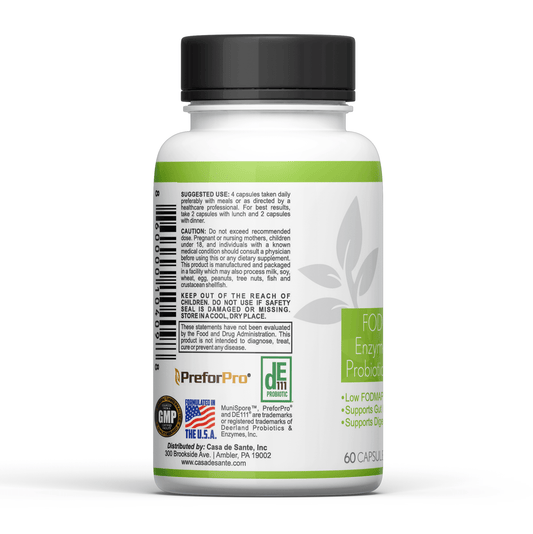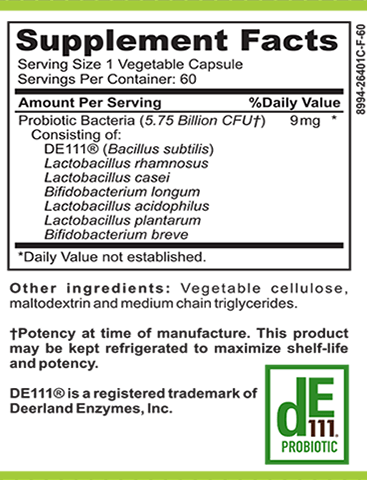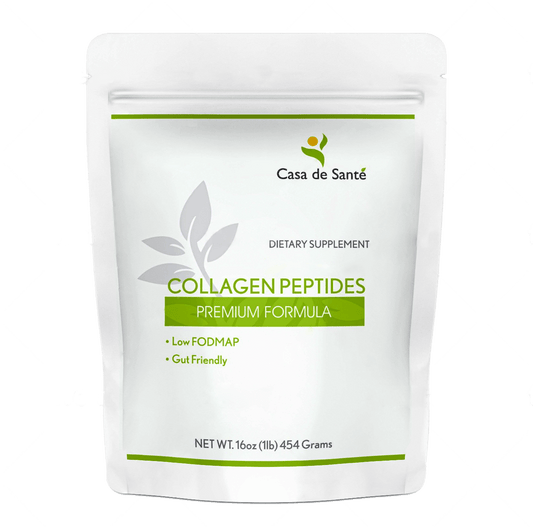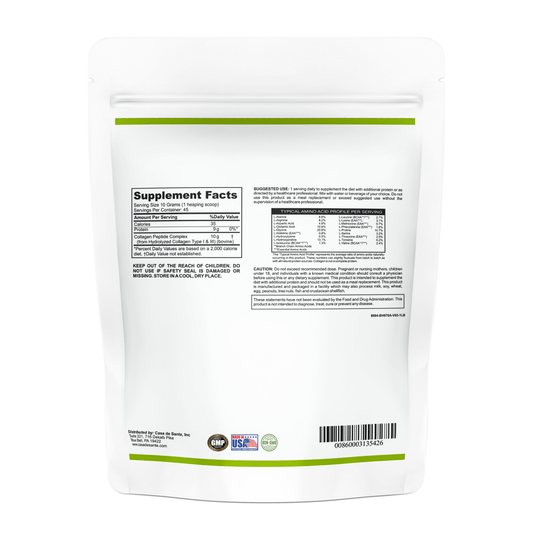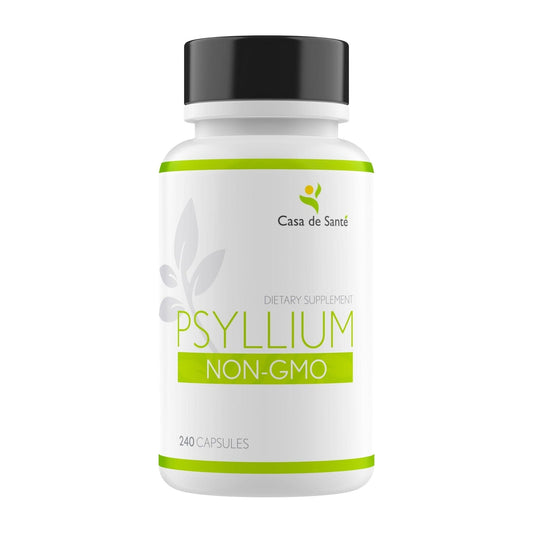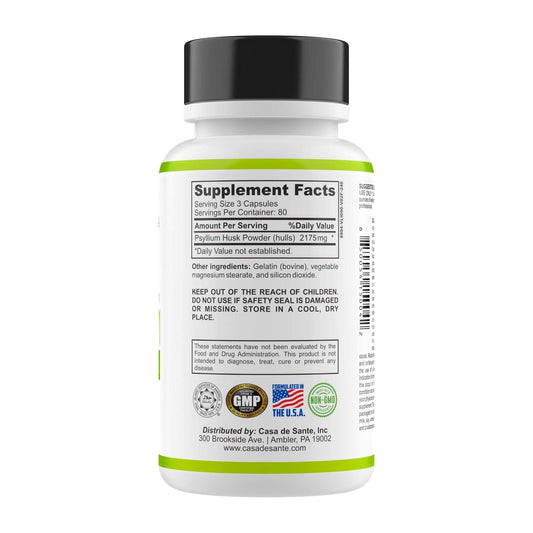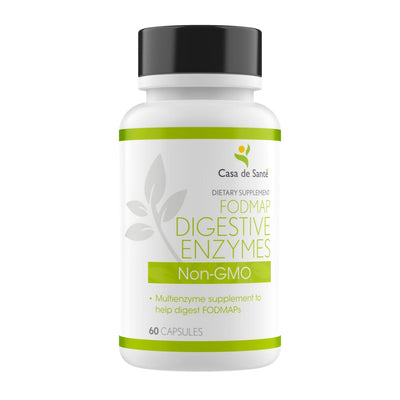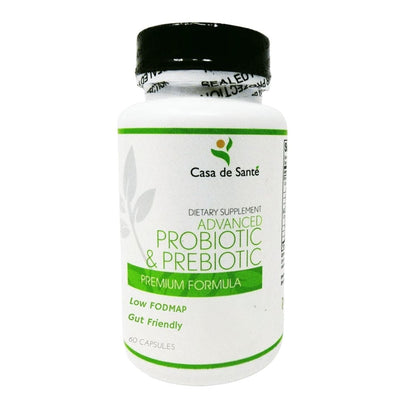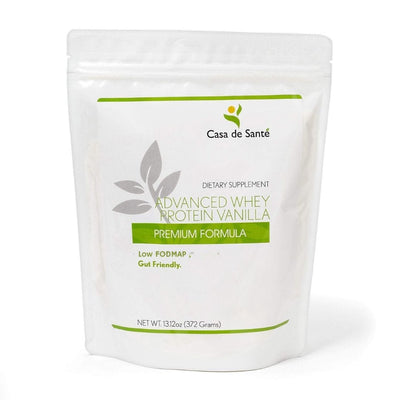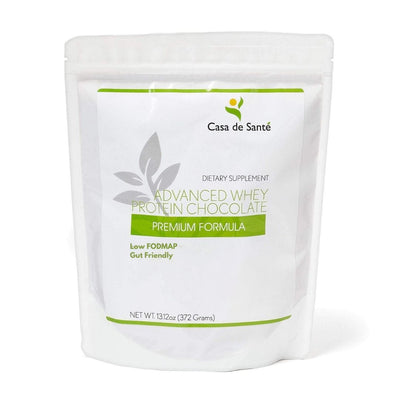What Is Considered a Low Residue Diet: A Comprehensive Guide
What Is Considered a Low Residue Diet: A Comprehensive Guide
Living with certain digestive conditions can make mealtime a challenge. For those with inflammatory bowel disease, diverticulitis, or preparing for a colonoscopy, a low residue diet might be recommended by healthcare providers. But what exactly constitutes a low residue diet, and how does it differ from other therapeutic eating plans? This comprehensive guide will walk you through everything you need to know about low residue diets, from the foods to embrace to those you should temporarily avoid.
Understanding the Low Residue Diet Basics
A low residue diet is designed to reduce the amount of undigested material passing through your large intestine, thereby decreasing bowel movement frequency and volume. "Residue" refers to fiber and other substances that remain in the digestive tract and contribute to stool bulk. By limiting these components, this diet gives your digestive system a chance to rest and heal.
Unlike some nutritional approaches that focus on adding specific foods, a low residue diet is more about temporary restriction to alleviate symptoms and support recovery from digestive flare-ups or surgical procedures. It's not intended as a long-term eating plan but rather as a therapeutic intervention during specific health situations.
Low Residue vs. Low Fiber: Understanding the Difference
While often used interchangeably, low residue and low fiber diets aren't exactly the same. A low fiber diet specifically restricts dietary fiber, while a low residue diet limits fiber as well as other foods that might increase bowel activity or leave undigested residue in the colon. This includes dairy products with significant lactose content and foods that contain certain digestive irritants.
The low residue approach is typically more restrictive, limiting fiber intake to about 10-15 grams per day, compared to the 25-30 grams recommended for the average adult. It also addresses other food components beyond fiber that might stimulate bowel activity or be difficult to digest completely.
Who Benefits from a Low Residue Diet?
This specialized eating plan serves several medical purposes and is commonly recommended for people experiencing acute phases of certain digestive conditions. Individuals with Crohn's disease, ulcerative colitis, diverticulitis, or other inflammatory bowel conditions may find symptom relief during flare-ups by following a low residue diet. It reduces irritation to the intestinal lining and decreases stool volume and frequency.
Additionally, this diet is often prescribed before and after gastrointestinal surgeries or procedures like colonoscopies. By reducing bowel activity, it helps create optimal conditions for healing and visualization during diagnostic procedures. Some cancer patients undergoing treatments affecting the digestive tract may also temporarily follow this diet to manage symptoms.
Foods Allowed on a Low Residue Diet
Navigating food choices on a low residue diet requires understanding which foods are gentle on your digestive system. The good news is that there are still plenty of satisfying options available, even with the restrictions in place. The focus is on foods that are easy to digest and leave minimal undigested material in your intestines.
Grains and Starches
Refined grains form a cornerstone of the low residue approach. White bread, white rice, and refined cereals with less than 2 grams of fiber per serving are excellent choices. Pasta made from white flour, plain crackers, and pancakes prepared with refined flour are also permitted. The refining process removes the fibrous outer layers of grains, making them easier to digest.
When selecting grain products, look for those labeled "enriched" to ensure you're still getting important nutrients that might otherwise be lost in the refining process. Avoid whole grain varieties, seeds, nuts, and products with visible grain pieces during this temporary dietary modification.
Proteins
Tender, well-cooked meats without gristle or tough components are ideal protein sources on a low residue diet. Chicken, turkey, fish, and eggs prepared without added fats or heavy seasonings work well. Ground meats are often easier to digest than whole cuts. Smooth nut butters like creamy peanut or almond butter (limited to 2 tablespoons daily) can also be included.
Tofu can be a suitable plant-based protein option, though it should be prepared simply without high-fiber additions. Avoid tough cuts of meat, processed meats with added seasonings, chunky nut butters, and legumes like beans, lentils, and peas, which are high in fiber and can be difficult to digest completely.
Fruits and Vegetables
While many fruits and vegetables are limited on this diet due to their fiber content, certain varieties and preparation methods are acceptable. Canned or cooked fruits without skins or seeds (like applesauce, canned peaches, or ripe bananas) are generally well-tolerated. Fruit juices without pulp provide flavor and some nutrients without the fibrous components.
For vegetables, focus on well-cooked, tender options like peeled potatoes, carrots, and squash. Vegetable juices without pulp are permitted, as are strained vegetable soups. Avoid raw vegetables, vegetable skins, seeds, and high-fiber options like broccoli, cauliflower, and Brussels sprouts during the restrictive phase of the diet.
Foods to Avoid on a Low Residue Diet
Understanding which foods to temporarily eliminate is just as important as knowing what to include. The following categories contain foods that either contribute significant fiber or leave undigested residue in the digestive tract, potentially exacerbating symptoms for those with certain digestive conditions.
High-Fiber Foods
Whole grains form a major category to avoid while following a low residue diet. This includes brown rice, whole wheat bread, oatmeal, granola, and any products containing visible seeds, nuts, or bran. These foods, while nutritionally valuable in normal circumstances, contain significant fiber that can increase stool bulk and intestinal activity.
Legumes like beans, lentils, chickpeas, and split peas are also high in fiber and should be temporarily eliminated. Even when well-cooked, these plant proteins leave considerable residue in the digestive tract. Similarly, nuts and seeds of all varieties, including those found in breads and cereals, should be avoided during this dietary approach.
Fruits and Vegetables with Skins or Seeds
Most raw fruits and vegetables are excluded on a low residue diet due to their fiber content and harder-to-digest nature. Particularly problematic are those with edible skins, seeds, or membranes, such as berries, figs, oranges, and grapes. Even when cooked, certain fruits like strawberries and raspberries contain small seeds that contribute to residue.
Vegetables from the cruciferous family (broccoli, cauliflower, cabbage, Brussels sprouts) should be avoided even when cooked, as they can produce gas and contain complex fibers. Other high-fiber vegetables to temporarily eliminate include corn, peas, winter squash, and any vegetables served with skins or seeds intact.
Dairy and Other Potential Irritants
While not all low residue diets restrict dairy, some versions limit milk products, especially for those who might have lactose intolerance. Full-fat milk, cream, and ice cream may be better tolerated than lower-fat versions. However, if dairy causes digestive distress, it's best to avoid it or opt for lactose-free alternatives.
Spicy foods, heavily seasoned dishes, and foods with tough or gristly textures should be eliminated as they can irritate the digestive tract. Caffeine, alcohol, and carbonated beverages might also stimulate intestinal activity and are typically restricted during the acute phase of a low residue diet plan.
Implementing a Low Residue Diet Safely
While this diet can provide significant relief for certain digestive conditions, it's important to approach it correctly to maintain nutritional adequacy and overall health. Since the diet restricts many nutrient-dense foods, careful planning is essential to prevent nutritional deficiencies.
Working with Healthcare Providers
A low residue diet should always be implemented under medical supervision. Your doctor or registered dietitian can provide personalized guidance based on your specific condition, symptoms, and nutritional needs. They'll help determine the appropriate duration for following this restricted eating pattern and monitor your progress throughout.
Regular check-ins with your healthcare team allow for adjustments to the diet as your condition improves. They can also recommend appropriate supplements if needed to compensate for nutrients that might be limited during the restricted phase. Remember that this diet is typically a short-term intervention, not a permanent lifestyle change.
Transitioning Back to Normal Eating
As your symptoms improve or after your procedure is complete, your healthcare provider will guide you in gradually reintroducing higher-fiber foods. This transition should happen slowly, adding one new food at a time and monitoring how your digestive system responds. Starting with small portions of well-cooked vegetables or fruits without skins is often recommended.
Keep a food journal during this transition phase to track which foods you're reintroducing and any symptoms that might occur. This information helps identify specific trigger foods that might need longer-term modification. Most people can eventually return to a normal, balanced diet that includes plenty of fiber-rich foods for optimal digestive and overall health.
Conclusion
A low residue diet serves as a valuable therapeutic tool for managing various digestive conditions and preparing for certain medical procedures. By reducing the workload on your intestines and minimizing irritation, it can provide significant symptom relief during acute phases of digestive disorders. However, its restrictive nature means it's best used as a short-term intervention rather than a long-term eating pattern.
If you're experiencing digestive symptoms that might benefit from dietary modification, consult with your healthcare provider before making significant changes. With proper medical guidance and careful food selection, a low residue diet can be an effective component of your treatment plan, helping you navigate through challenging digestive issues while maintaining adequate nutrition and supporting your body's healing process.
